US-Sport
NFL: Column: The Offenses of all 32 teams
When the regular season begins, there are weekly discussions about schemes and tendencies of individual teams – but what does this actually mean in individual cases? Which scheme forms the core for the offenses of the 32 teams? And what does this mean for the concrete implementation?
Week 3 of the Preseason is just around the corner, and then it’s just a small step up to the Regular Season – and it’s easy to look at individual games, individual matchups, individual player details every day.
This “Third and Long” issue takes another step backwards before the normal Regular Season madness to give a broader picture and background knowledge for the next five months: What is the offensive core of the 32 teams? What do the schemes look like, what does this actually mean for this team, how do the respective schemes work for the respective teams?
First of all, for a general refresher, the rudimentary features of the three main open-ended schemes that characterize today’s NFL landscape before it goes into full swing:
Offense-Basic: Complex hybrid scheme from all 3 directions
And what does that look like? Arizona’s new offensive coordinator Mike McCoy is a rare case: As a player and coach he has worked extensively in the West Coast, the Air Coryell and the Erhardt-Perkins Offense. Subsequently, he has a mixture of the three schemes described in NFL circles as extremely complex: attacking, aggressive, but also explicitly adapted to the players – in Denver with Tim Tebow, for example, he relied on zone-read concepts. In the Cards he has two fixed points with Larry Fitzgerald and David Johnson, in Bradford and Rosen two intelligent quarterbacks, a good basic requirement. Arizona could go more in the direction of short-pass open under McCoy, with a pronounced play-action pass game, especially for downfield shots.
Offense Base: West Coast Offense
And what does that look like? The transition from Kyle Shanahan to Steve Sarkisian was a little harder than expected, but the basics remained the same: A West Coast Offense, a zone run game, basically the same terminology. What’s striking is that pre-snap motion and play-action moves have declined, both were and are central elements in Shanahan’s West Coast Offense. Atlanta have the best zone running back duo in the league in Freeman and Coleman, possibly the best wide receiver trio and a quarterback that feels comfortable in rollout play action concepts. There could also be an increase in the under-centre formations (here too there was a slight decline from 2016 to 2017).
Offense Base: West Coast Offense with Option Elements
And what does that look like? Baltimore’s offensive coordinator Marty Mornhinweg comes from the West Coast Offense, so horizontal passes shape his offense, just like a zone run game. “Efficiency” is an often used keyword from Mornhinweg, the play-action-pass game should become better again – and more runs come from pass formations and vice versa. That’s one of the reasons Baltimore aggressively went for tight ends in the draft: 21-person fakes are easy to sell. It’s exciting how many option elements Baltimore installs after RPOs were hardly used last year. With Mornhinweg himself and James Urban and Greg Roman, the Ravens have several offensive coaches who have already coached successful zone read-outs. It’s been seen flashing several times in the preseason, and when Lamar Jackson takes over at the latest, it will be a big topic.
Offense Basics: Erhardt-Perkins Offense with Option Elements
And what does that look like? The Bills make the transition from the West Coast to the Erhardt-Perkins Offense, but ex-Patriots and Alabama coach Brian Daboll was brought in. Buffalo enters the season with probably the weakest offensive line and one of the more questionable wide receiver corps of the entire league, possibly with a rookie quarterback in Josh Allen – the Erhardt-Perkins Offense could help to make more of less talent through the many different looks and built-in aspects that are supposed to make defenses more difficult to read. Daboll also used the athletics of his quarterbacks from the shotgun and pistol formations in college, which should also benefit Allen. At the same time, the pass concepts are not easy to learn, Buffalo’s offense will take time in any case.
Offense Foundation: Air Coryell
And what does that look like? With the appointment of the new offensive coordinator Norv Turner, the path in Carolina is clear: the Air Coryell Offense will be introduced. Turner still has the most classic version of it in today’s NFL, and some building blocks fit: Cam Newton’s strength is unquestionably the deep-passing game, in Greg Olsen (and Rookie Ian Thomas) the Panthers have very good receiving options on the tight-end position and the power blocking has been firmly anchored in Carolina for years. Here the preseason has shown that Christian McCaffrey has evolved and could be a real 3-Down-Back. A big question is: Is the offensive line, in which there have already been some injuries, good enough to withstand the many deep dropbacks? Vikings fans remember Turner (and Left Tackle Matt Kalil) in a bad way.
Offense Base: West Coast Offense with spread option elements
And what does that look like? In Chicago, the decision was made for complete change, and not without reason: last year’s open house was conservative, not up to date, predictable and almost without explosive elements – this is now set to change. The new head coach Matt Nagy brings his West Coast Offense with him as an Andy Reid student. To underline Trubisky’s qualities, a rollout play action game will play as prominent a role as screens and RPOs. The new offensive coordinator Mark Helfrich brings the option spread elements from college with him, and the Tempo No Huddle approach, which college fans from Oregon know, will also be on show in Chicago.
Offense Basics: Hybrid of West Coast, Air Coryell and Spread-Speed-Offense
And what does that look like? The Bengals in general have had the West Coast Offense as their core for years, but last season’s coordinator switch to Bill Lazor suggests a hybrid version. Lazor has roots in the West Coast, but also the Air Coryell Offense. In Miami he had a spread open with a clear pass focus, Tempo is also important in Lazor’s system. Late last season you could see this several times, after he was able to rehearse his Scheme and Playbook over the complete offseason, it should get through even more clearly: In Gio Bernard and Joe Mixon the Bengals have two backs that can easily run from shotgun and that are both good receivers. A.J. Green and – if he is fit – Tyler Eifert are matchup problems, John Ross brings the speed element along. Bengals fans can expect a fast, aggressive, flexible offense in which Dalton should get clear reads and also benefit from the improved line.
Offense Basics: Spread/ISO Hybrid with Zone Blocking
And what does that look like? Although there is a transition in Cleveland from Hue Jackson to Todd Haley as Schemer and Play-Caller – schematically the difference could be limited. Both rely on spread offenses with excessive downfield elements, both Pittsburgh’s Ben Roethlisberger and Cleveland’s DeShone Kizer ranked in the top 10 for Intended Air Yards per pass. Haley, who uses a rather smaller Playbook, however, will install more fast passports and screens, but at the same time there will also be some isolation routes in Cleveland in 2018. This could schematically fit better with Baker Mayfield in a timely manner, while Tyrod needs Taylor Scheme support to be an efficient passer.
Page 1: From Arizona to Cleveland
Page 2: From Dallas to Kansas City
Page 3: From the Chargers to the Jets
Page 4: From Oakland to Washington


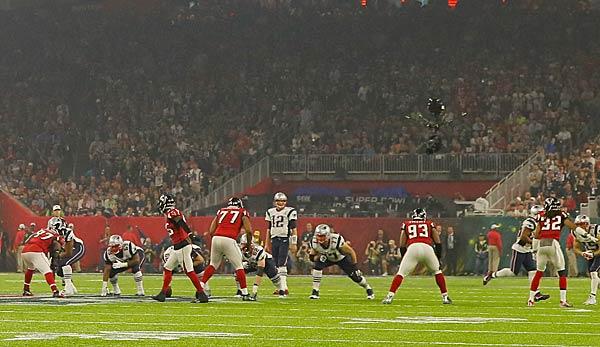




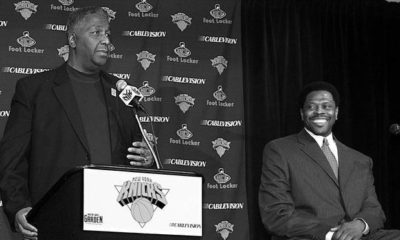
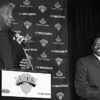
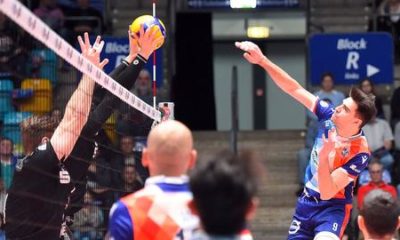
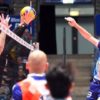





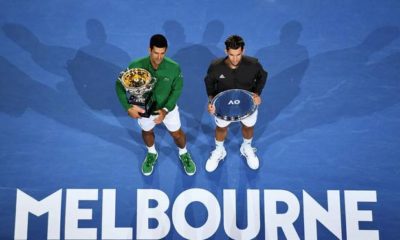

You must be logged in to post a comment Login